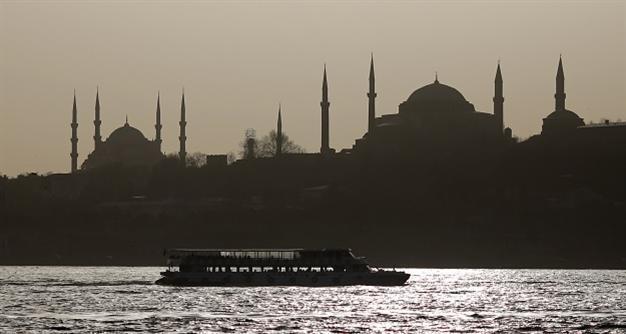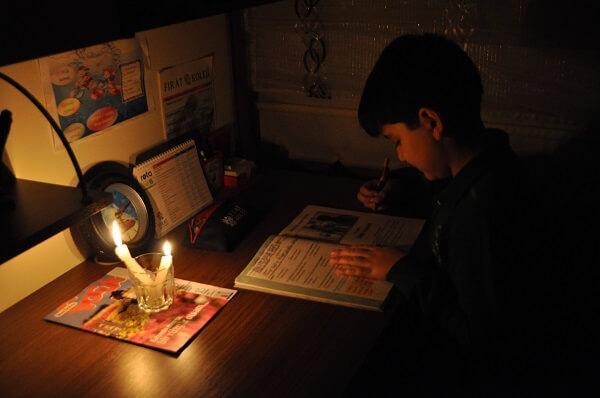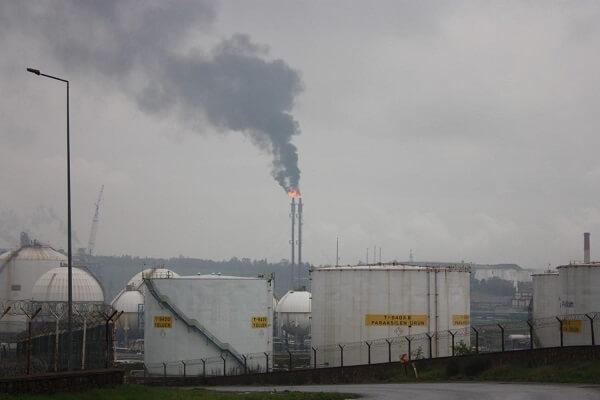Explained: How 76 million people were hit by Turkey’s worst blackout since 1999
ISTANBUL

The Istanbul's old city's monuments Blue mosque and Hagia Sophia museum is seen in this February 5, 2015 file photo. REUTERS/Murad Sezer
1) What happened in Turkey on March 31?
At 10:36 a.m.,
a massive blackout hit Turkey. Out of the 81 Turkish provinces, electricity was not totally cut only in the eastern province of Van, which receives some of its energy from Iran. In total, more than 76 million citizens were affected in one way or another.
Described by the Energy Ministry as the worst national blackout since the 1999 Marmara earthquake, the outage wreaked havoc in daily life throughout the country with mass transit and traffic lights ceasing to work, hospitals sounding the alarm, factories halting production, mobile phone connections suffering from disruptions and people becoming stranded in elevators and traffic jams.
The total economic cost of the outage is at least $700 million.
Cihan photo
2) When was power finally restored?
Officials started to restore power in much of the country in the afternoon. Energy Minister Taner Yıldız announced that all provinces had finally been provided with electricity by 8 p.m., which means that many Turks endured a blackout for more than nine hours.
AP photo
3) Why did this happen now?
Yıldız also admitted that officials were yet to pinpoint the main source of the problem. He cut his official trip to Slovakia short late March 31 to meet his staff to discuss the issue.
Considering various official statements that carried limited technical information, daily Hürriyet’s energy correspondent, Merve Erdil, concluded that the most likely explanation lies in a chain of failures:
A) The “domino effect” started when a power plant in the Aegean region suddenly stopped production, which led to a supply cut of more than 2,000 megawatts from 1 a.m. on.
B) The supply decreased even further when the Atlas thermal power plant in the southern province of Hatay stopped working at 10:02 a.m. and the Dicle hydro power plant in the southeast was shut down at 10:44 a.m.
DHA photo
C) Seeing the abnormal fluctuation of frequency in Turkey, the European Network of Transmission System Operators for Electricity (ENTSO-E) disconnected itself from the Turkish national grid as a precaution.
D) The severing of links with the ENTSO-E further increased the instability of Turkey’s already weakened energy grid, which led to the nationwide blackout. As such, its most likely cause was a catastrophic mismanagement of the grid in the early hours of the day.
4) How can such a large area stay without power for so long in the 21st century?
AA photo
C) Hiding something
Critics suggested other conspiracy theories on social media, with some claiming that somebody could have “designed” the blackout to hide something, such as a critical flight record or a shadowy financial transaction, behind the chaos. Security cameras in cities were also disabled for hours.
D) Propaganda for nuclear energy
As the blackout hit the whole country, President Recep Tayyip Erdoğan stressed “Turkey’s increasing need for nuclear energy,” while saying that the government would build a third nuclear energy plant. CHP deputy Umut Oran asked in a parliamentary question whether the blackout was linked to a nuclear energy bill which will be debated in parliament this week.
E) Structural problems
Although most of these suggestions remained unsubstantiated on April 1, another theory put forward by energy sector players is relatively more well-founded, an analyst said.
According to this theory, Turkey’s privatization of all 20 power distribution grids in 2013 led to a wild market. Privately owned natural gas power plants now opt out of production during less profitable hours or days when real-time prices are low.
As Turkey’s state-owned Electricity Generation Company has pulled down the price to record lows since Jan. 1 by increasing production at its thermal and hydro power plants, privately owned natural gas power plants – which normally provide a more stable supply – halted operations or slowed down.
The instability that was brought by this structural change could have paved the way for massive blackouts, leaving no margin for any management error.




